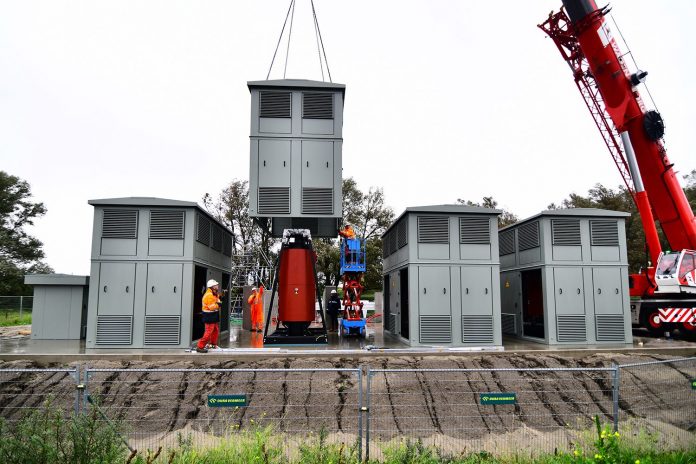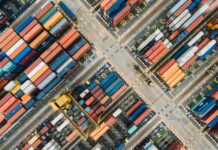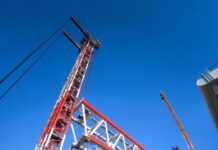
The Municipality of Rotterdam and the Port of Rotterdam Authority have announced their co-operation on the joint rollout of shore-based power for sea-going vessels in the city.
By 2030, they want a significant share of sea-going vessels to “plug in” once they have moored along one of the port’s quays, according to a statement.
This will allow them to power down their diesel generators while berthed, which will improve local air quality and the vessels’ carbon footprint.
Over the next five years, the partners will be initiating a series of projects that are intended to accelerate and scale up the adoption of shore-based power. Depending on the experiences gained in these projects, the Municipality and the Port Authority may adapt their targets in this area in 2025, according to an announcement.
Arno Bonte, Rotterdam’s vice mayor for sustainability, clean air and energy transition, believes the plan is a crucial step forward for sustainability in the port. “Shore-based power allows us to connect vessels to a clean source of power. This prevents both air pollution and noise nuisance – which will improve conditions for local residents and for the surrounding nature areas,” he explains.
Allard Castelein, CEO of the Port of Rotterdam Authority, added, “We will be setting up eight to ten shore-based power projects for a variety of sea-going vessel types. We will be doing this in partnership with companies in the port area and with the shipping companies that use our port. We will continually monitor the results of these projects to learn whether we can speed up the process or need to take a bit more time.”
Ships require electric power for a variety of processes on board, including lighting, running all manner of equipment as well as keeping containers with food products at the right temperature, for example. This power generally comes from diesel generators, which release pollutants, carbon emissions and noise. In principle, you could also hook a vessel up to the power grid on shore while it is berthed. However, this does require the ship itself, the terminal quays and the power grid to be suited to this solution.
Every year, sea-going vessels moored along Rotterdam’s quays consume as much electric power as 250,000 to 300,000 households. And in the process, they release various harmful emissions into the atmosphere, including 600,000 tonnes of CO2 and 8,000 tonnes of nitrogen. By 2030, Rotterdam’s shore-based strategy could result in carbon savings of approximately 200,000 tonnes per year, according to the announcement.
Over the past few years, virtually every public berth for inland shipping in Rotterdam has been fitted with a shore-based power point. Inland vessels consume far less power than their sea-going counterparts. To limit nuisance for the surrounding area, Stena Line’s ferry at Hoek van Holland has been using shore-based power for some time now. And Eneco and the Port Authority are currently working on a shore-based power facility near Rozenburg for Heerema’s offshore vessels, which regularly moor at this location.
In view of the variety of vessel types and mooring locations involved, the partners have based their shore-based strategy on three different pillars.
In the case of container vessels, the ambition has been set at a 50% adoption of shore-based power by large vessels (10,000+ TEU) as of 2030.
In the years ahead, the aim is to realise eight to ten concrete shore-based projects, which will be divided between the programme’s three main pillars, said the Port of Rotterdam in its announcement.
This programme is expected to require a total investment of some €125 million (US$147 million). The majority of this budget will be contributed by the companies involved, the Municipality and the Port Authority, nevertheless, around €50 million (US$59 million) will need to be covered by public funding.





